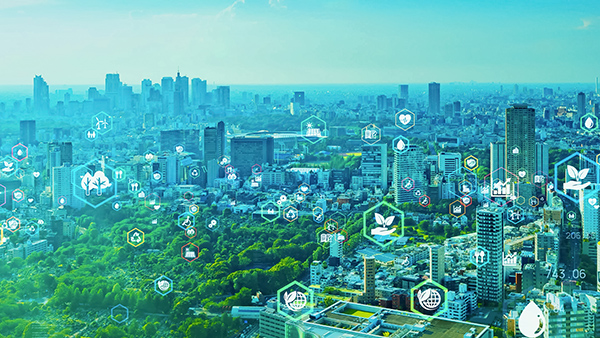Digital Twin for Enhanced Electric Distribution Grid Operation and Management

A digital twin is a dynamic, real-time replica of the physical distribution grid. It brings together data from various sources to provide a comprehensive view of power flows, and grid behaviours. This project will be the first demonstration in India, at a useful scale, of applying cloud-based digital twin technology to an electrical distribution grid. The aim is to improve the reliability and cost-effectiveness of an emerging economy distribution network. The pilot is taking place in Delhi under the BRPL licensee region.
Venios Energy Platform (VEP), an innovative cloud-based, real-time, digital twin, technology integrated with Geographical Information Systems (GIS) has been developed by the German company, Venios GmbH. It has already been trialled on the distribution networks of several European municipalities. For DISCOMS in India, there is currently a lack of knowledge of power flows in feeds, distribution transformers (DTs) and across LV networks. The potential of a digital twin solution to integrate quickly, easily, cheaply, and reliably, various sources of data to provide this knowledge should help DISCOMs with efficient grid operation and management and to plan cost-effective equipment upgrades. Some specific benefits that have been identified include:
- Conduct impact analysis and grid behaviour predictions for integrating Distributed Energy Resources (DERs). Advanced situational awareness of the grid helps DISCOMs dispatch DERs, thereby managing grid stability.
- Reduce capex costs as it allows achieving higher capacity on existing assets and defering infrastructure investments.
- Identification of overload events occurring in DTs can allow the DISCOM to put in place mitigation measures to avoid faults, improve life of the assets, and increase network reliability
- Identification of where unexplained power losses occur can allow the DISCOM to reduce electricity theft on the network, reduce ATC losses, and improve network efficiency
- Real time power flow information can be used to provide signals to demand management systems and dispatch of batteries. This can be used to avoid congestions or reduce peak power purchase costs.

